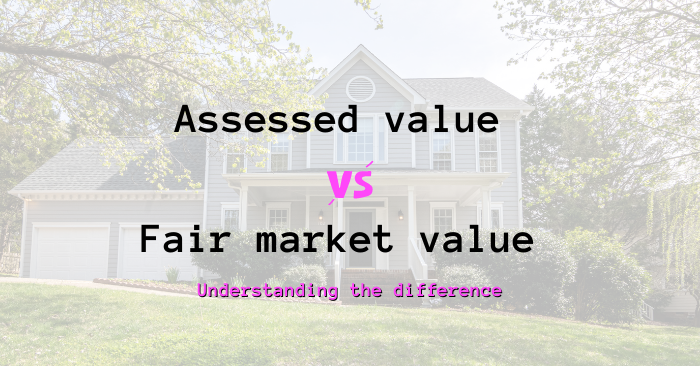
As you venture into the world of real estate, you may hear the terms assessed value and fair market value quite often. Even though they may seem similar, the terms differ greatly, so having a good understanding between the two can give you a better grasp of each concept during the sell of your property.
Assessed value
The assessed value of a home is calculated considering local market data, home characteristics such as square footage and the economic state. This assessment is the most trusted amount when it comes to the worth of a home.
Fair market value
Fair market value is what a buyer is willing to pay with no outside influence. As a homeowner, the best way to determine the fair market value of your home is to examine a comparative market analysis (CMA).
Typically, during a CMA, your real estate agent examines similar recently sold homes in the area to help you determine a fair price to list your home under. This can help to ensure you don’t overprice your home in comparison to the competition.
The appraisal
If you decide to take out a mortgage loan, your lender will most likely require an appraisal to be done on the home to see if it’s worth their investment. They use the appraisal to determine if the home has a value greater than or equal to the purchase price of the property.
Challenging assessed values
Sometimes, homeowners will purchase a home and then later challenge the assessed value of a property for tax purposes. This is often the case when the owner feels the assessed value is vastly different from the fair market value.
If you believe the assessed value is out of sync with the fair market value of your home, leaving you to pay more in taxes, you may need to file what’s called a tax abatement. Once approved, you’ll receive a tax reduction for a set period of time.
Working with your real estate agent, you can get a better understanding of these terms and how they may affect the sell of your home.
About the Author


